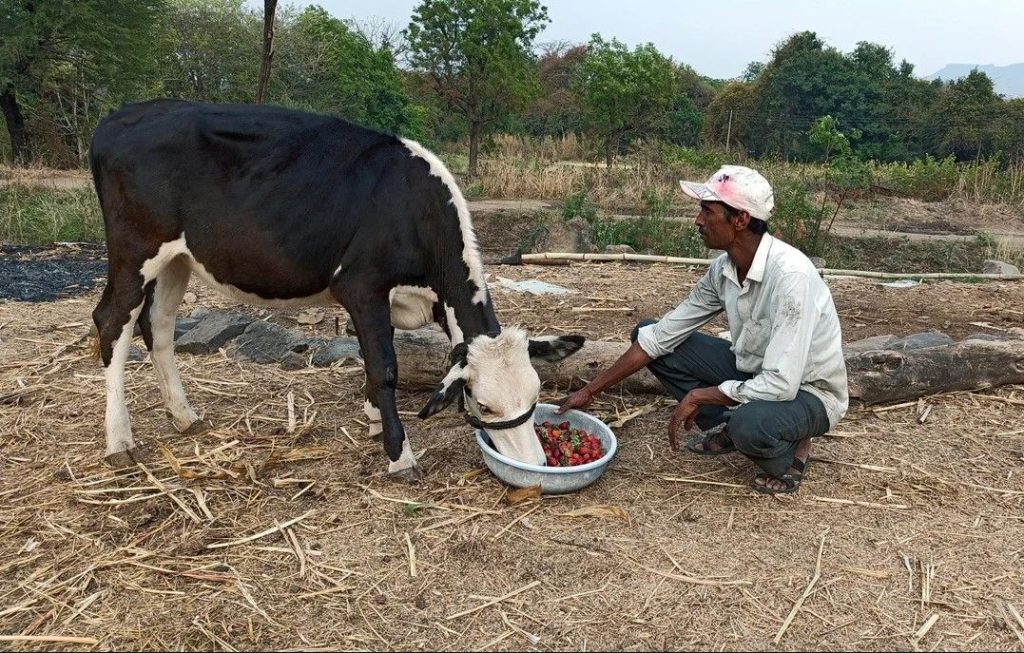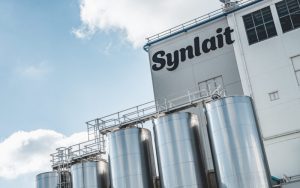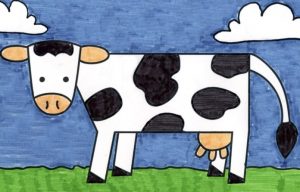Developing countries have grown their proportion of global dairy output in recent decades. Rather than an increase in production per head, this expansion is primarily due to an increase in the number of producing animals.
It is also due to the introduction of milking machines that have in certain ways completely replaced hand milking, According to Arun, a youth who runs a Dairy farm in Karnal, Haryana “Cow milking vacuum machines are way better than normal hand milking as Cattle do often get irritated when milked by hand, however, vacuum machines are way smoother and just need to be cleaned once in a while” it also is able to complete a 15 to 20-minute job in around 5 minutes too.
This itself shows the amount that technology and innovations contribute to any industry. It helps save time, money, resources and is also responsible for producing more products in the same amount of time.
This also helps Dairy farmers to use their extra time in other areas of their interest, listed below are some technological innovations in the field of dairy.
Health Tracking Devices for Cattle
Cattle production, longevity, and reproductivity are all affected by health issues. Farmers spend a lot of money on their cattle’s health and well-being every year.
Farmers may measure, monitor, and manage cattle’s health, nutrition, behaviour, pregnancy, milking frequency, milk production anomalies, and activity level in real-time owing to wearable animal electronics that are similar to human fitness trackers. The cattle’s ears, tail, legs, neck, or any other part of the body can be implanted with these smart animal trackers.
Automated Cattle Traffic Management
Managing and moving animals to milking stalls and back to their sheds or barns can be a time-consuming task. There’s also a chance that the cattle will get hurt. Computer-controlled gates open and close electrically in an automated cattle traffic management system. These gates can sort cattle based on whether or not they are ready to be milked. The animals who are ready to be milked are moved to the milking area, while the rest are either placed in the waiting area or returned to their barns.
Feed Management system
Cattle feed requirements are determined by their health and the weather. A sick or pregnant cow, for example, may require additional nutrients. Cattle require extra glucose in their feed when the weather is hot and humid. To sustain maximum milk production throughout the year, a variety of feed technologies create tailored feed additives, supplements, premixes, and base mixes. The National Dairy Development Board (NDDB), for example, has developed bypass protein technology to provide specifically processed protein supplements that may be fed to cattle to boost milk yield and quality.
Then there are digital feed monitoring solutions, which may assist farmers in detecting feed quality, managing feed inventories, and determining the feeding patterns of their cattle. In fact, with a feed monitoring tool, you can create a personalised diet for each cow depending on their body weight, milk quality, and output, improving fertility and productivity.

















